0
£0.00
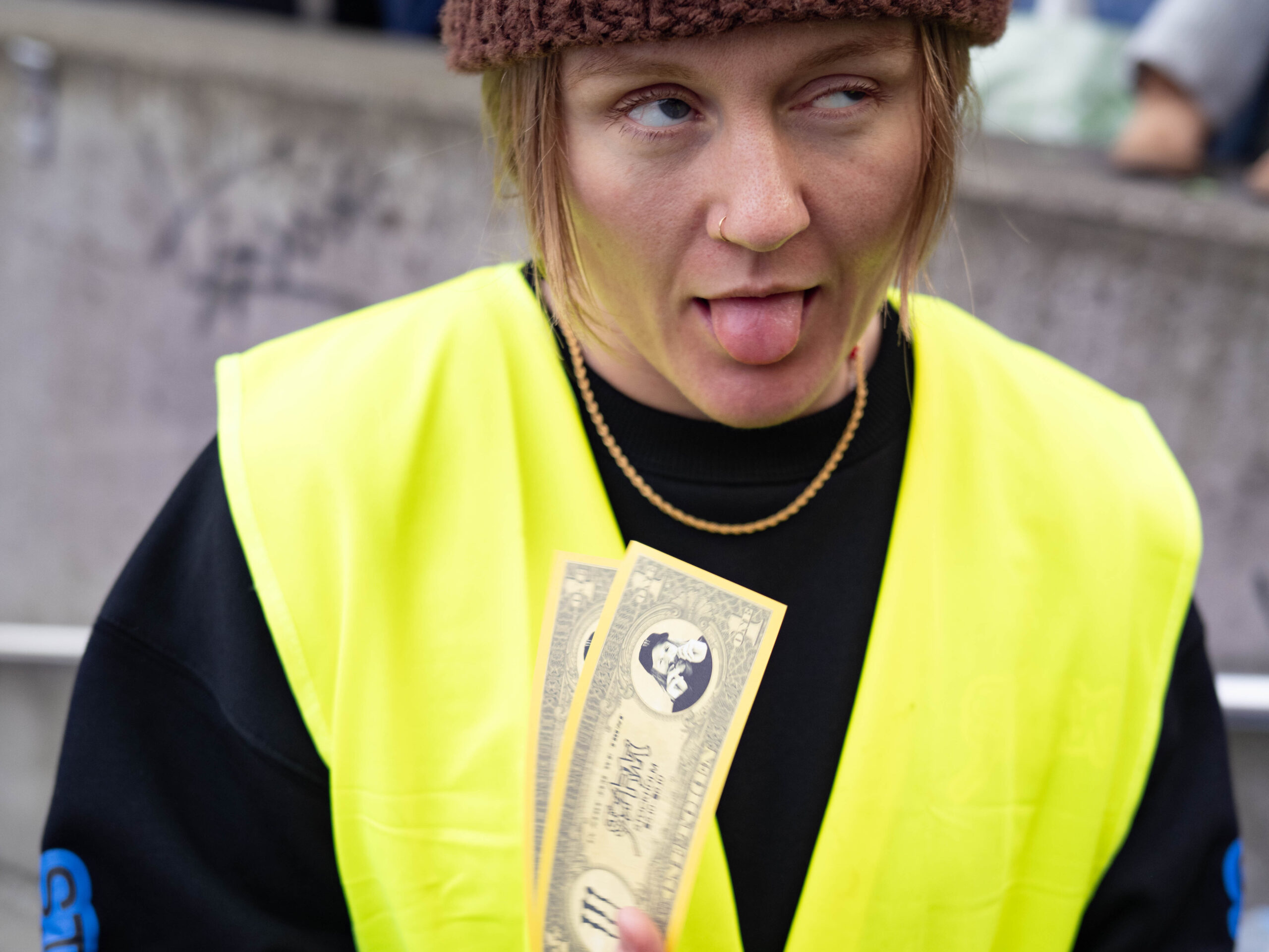
Words by Alba Pardo
In the last few weeks alone, I’ve been part of multiple conversations that all started with some version of the same phrase: “Snowboarding used to be way cooler.” Or “We were the ones breaking the rules, creating the trends.” And even the nostalgic sigh: “Snowboarding used to be punk rock.”
Now it’s something different. But is it? And if so, why?
I’ve heard these words come from people who were there: the riders, the filmers, the misfits who built the culture. “We didn’t read it in books or watch it in movies,” one said. “We lived it.”
And then there’s the younger side of the table, eyes wide, saying: “Listening to these stories firsthand is so cool.” Somewhere in between, someone mutters, “Ugh, same old habits, same old mistakes. I’m so tired of it.”
People love to refer to the “old days” as snowboarding’s golden era. Maybe that’s true. There was definitely more disposable money back then – brand budgets were flowing, films were funded, and pros were living the dream. But now, snowboarding reaches more people, supports more families, and fuels a global creative economy. So if the sport isn’t broken, why does it feel so… stale for some?
Maybe the problem isn’t the money. Maybe it’s imagination.
Because even with more tools, resources, and technology than ever, snowboarding culture somehow feels like it’s stopped surprising itself. And I am not talking about “ski” brands making snowboards and all the love and hate news sparks these days.
In the last few years, some of the most exciting moments in snowboarding haven’t come from big-budget contests or sponsor-packed film premieres. They’ve come from places that weren’t supposed to work – places like DIYX.
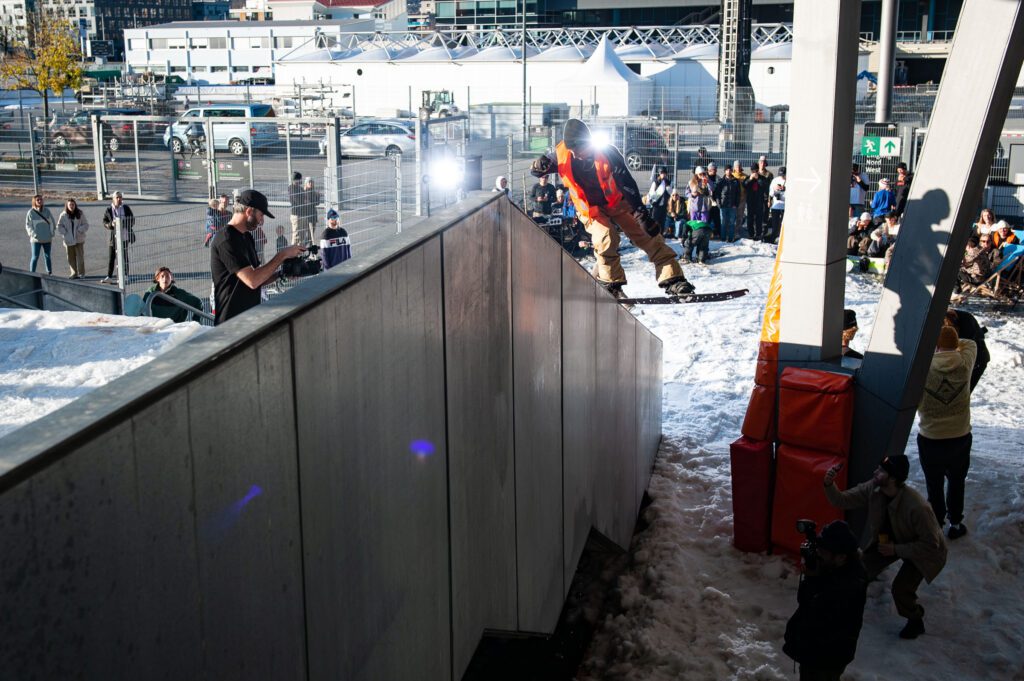
Ethan Morgan started Do It Yourself Extreme as an anti-contest – a handful of riders, a pile of garbage, and a few rails thrown together in a parking lot. “It wasn’t about building the perfect setup,” Morgan said on The Bomb Hole Podcast. “It was about making something out of nothing, just for the fun of it.”
What began as a side project turned into one of snowboarding’s most beloved gatherings – an event that reminds us what happens when creativity comes before commercialism. DIYX is chaotic, unpolished, and completely alive. It’s the energy that’s been missing elsewhere: the sound of laughter, the smell of barbecue smoke, the feeling that everyone – pros and locals – are part of something together.
It’s punk rock without trying to be. (OK, maybe trying a little). But that’s the point: it didn’t take a massive budget or a media machine (as much as a cool-making machine Method is, of course) to create hype. It took a feeling. DIYX hit a nerve because it didn’t follow a formula. It followed instinct.
If DIYX revived the chaos, The Uninvited revived purpose.
When Jess Kimura first launched The Uninvited film project, she wasn’t trying to start a movement – she was just tired of waiting for permission. The industry wasn’t giving women enough opportunities or visibility, so she made her own platform.
“It was a fight at first,” Jess told me in an interview last year. “Convincing resorts, convincing sponsors, proving that women’s snowboarding wasn’t a niche – it was exhausting. But it mattered.”

The Uninvited Invitational became more than a rail jam. It became a statement. A place where female riders could progress, take risks, and build confidence in an environment that celebrated them – not just tolerated them.
And it worked. Not because it was expensive, but because it was imaginative.
The setup wasn’t revolutionary: rails, snow, and good riders. But the context was. It reframed what a snowboard event could be: inclusive, safe, creative, and female-driven.
That’s the kind of innovation snowboarding needs more of. Not futuristic overlays or AI edits, but fresh ways to solve real problems and bring people together.
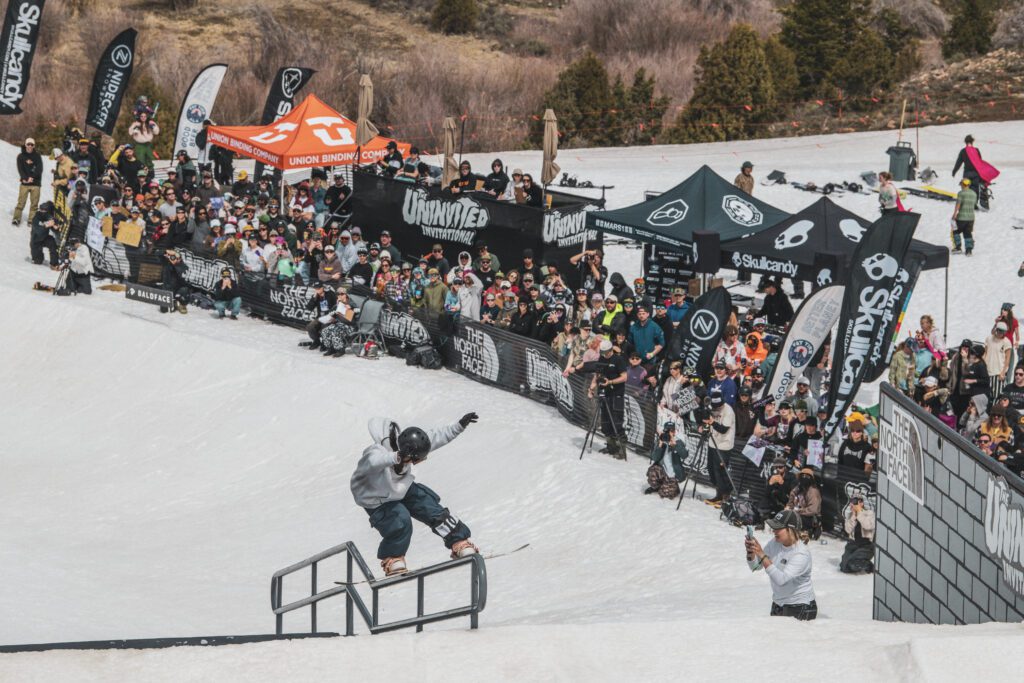
If you want to understand the difference between money and imagination, look at freeride competition.
The Freeride World Tour is a well-oiled machine – huge mountains, helicopter shots, big-name sponsors. And yet, in snowboarding circles, it doesn’t quite hit. The level of riding is good, but the storytelling isn’t at that level. Whilst they are building the professional pathway into competitive freeriding, which is no small feat, every run gets lost in the shuffle. One could say it’s professional, but predictable.
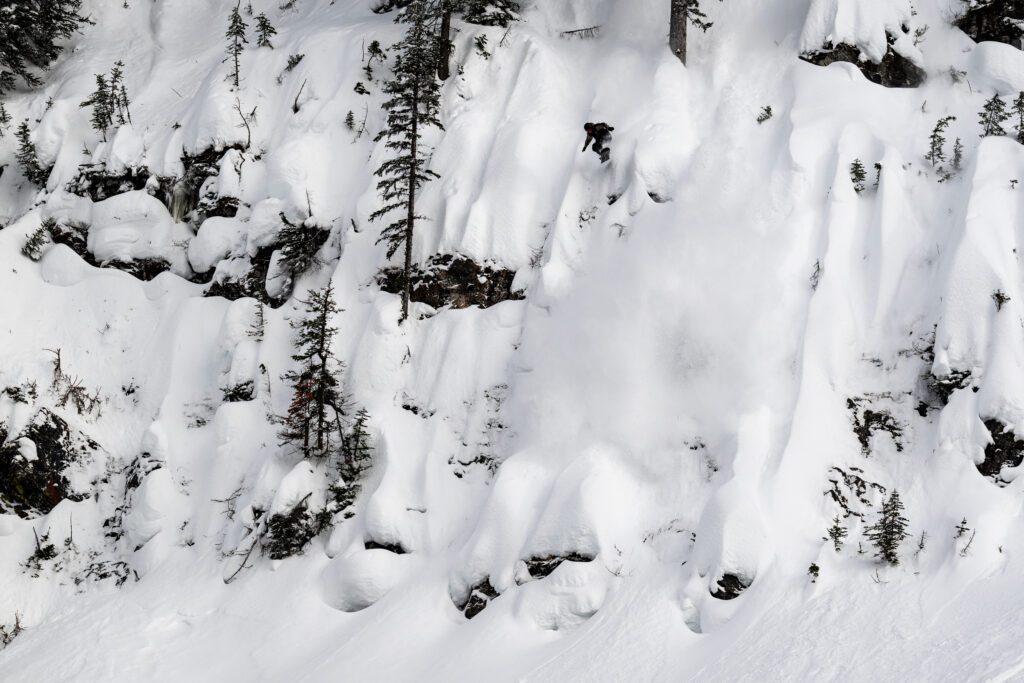
Meanwhile, the Natural Selection Tour, which launched more like an experimental start-up, landed like a lightning bolt. It wasn’t perfect. Rough around the edges, weather-dependent, and unpredictable. But they had a storytelling and a POV that instantly hooked all of us.
As Liam Griffin, COO of Natural Selection, said in last year’s interview at The Snowboarder’s Journal, “Our goal was to create a platform that honors snowboarding’s roots – freeride, freestyle, and creativity – and let the stories grow naturally.”
That’s exactly what it did. The format felt organic. The courses felt alive. The coverage wasn’t about perfection (even if Travis is known to be a perfectionist); it was about connection. And that’s what audiences want: to feel like they’re part of something real, not just watching another product.
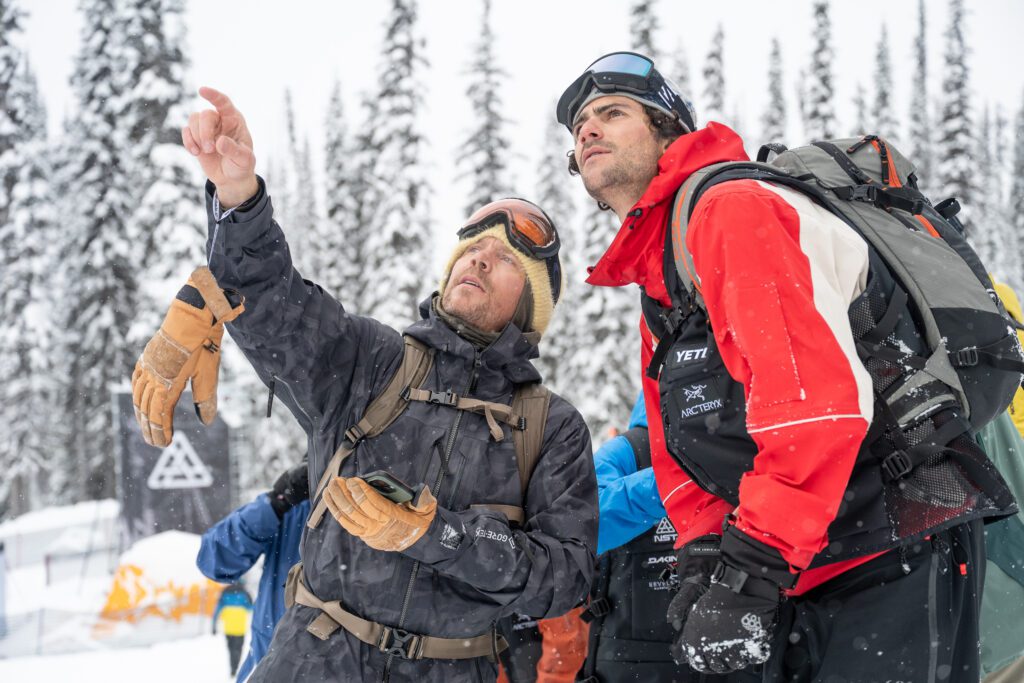
NST didn’t win because it spent more. It won because it imagined differently.
Now, on the other side, we have Snow League, Shaun White’s new project aiming to “redefine snowboarding competition.” On paper, it sounds promising – global events, reimagined formats, new structure. But is it innovation, or just renovation?
In his interview with Complex, White said, “I’ve been in this world my whole life, and I want to make it better for the next generation.” It’s a noble mission, and he’s right that snowboarding needs new energy. But if it’s just another layer of the same thing – branded stadiums, pre-scripted formats, shiny sponsors – it risks falling into the same trap as the X Games and TTR before it.
Because what those formats lacked wasn’t funding or infrastructure. It was evolution. They couldn’t keep up with the culture – the riders, the audience, the content.
The last truly spontaneous, imaginative thing the X Games did was introduce Knuckle Huck – a happy accident that captured everything snowboarding stands for: style, fun, improvisation, chaos. But then… it is back to business as usual.
That’s the danger. Snowboarding doesn’t need another organization trying to “professionalize” the sport. It needs someone brave enough to reimagine it.
Somewhere along the way, the industry forgot that snowboarding was supposed to be rebellious. Ourselves included.
Now, decisions are made by marketing teams, not riders. Creativity has to fit a brand deck. Everyone’s chasing metrics, algorithms, and consistency. It’s the death of risk – and risk is the lifeblood of snowboarding. We’ve replaced chaos with control. And control doesn’t inspire.
As Ethan Morgan said on The Bomb Hole, DIYX was born from wanting to bring the fun back. “We didn’t want the perfect setup or all the structure. We just wanted to make something out of whatever we could find – no pressure, just fun.”
That mindset shows up everywhere – from event design to film production. Budgets are smaller, sure, but it’s not the money that’s missing. It’s the willingness (or is it bravery?) to try something different.
When imagination dries up, everything starts to look the same: Snowboarding films become ads, events become deliverables, riders become content creators instead of mad creatives… And we don’t want to forget that what made snowboarding more than a sport is its cultural gravity.
In the whole Armada launch social media blast, a comment from Tedore, former Capita Marketing Manager, caught my eye: “All a snowboard company needs is a validated ‘cool’ internal team running it and a badass rider list, and everyone will get onboard. Just watch. […]”. But in the current landscape, is that true?
Snowboarding used to lead trends in fashion, filming, music, and mindset. Now, too often, it feels like it’s following them and you have to follow the norms, otherwise you are not cool in it, yet, in that following, in trying to please everyone, it risks standing for nothing.
The good news? Imagination isn’t dead, it’s just happening where it’s always lived: in the community.
It’s in riders like new-pro (as if she hasn’t been for a long time…) Mia Brookes, or more seasoned ones like René Rinnekangas, a timeless oddity who somehow makes everything he touches feel fresh. His projects with Anton Kiiski blend creativity, humor, and technical riding into something that’s unmistakably their own. They’re not following trends – they’re creating a world from their point of view and inviting us in.

And that’s what snowboarding and brands that want to truly thrive need more of: people and crews building things together. Whether it’s a new approach to a competition trick, a backyard setup, a local event, or a film made on weekends, community is where the real creativity happens. It’s collective energy that keeps the culture evolving, not corporate strategy.
Because when people get together to make something just for the love of it, that’s when snowboarding feels most alive.
Innovation in snowboarding doesn’t have to mean inventing something new. It can mean reframing something old: giving it new energy, new context, new meaning.
That’s what DIYX did with rail jams. What The Uninvited did with inclusion. What Natural Selection did with competition.
It’s about finding the gaps the industry missed – the problems money couldn’t solve – and filling them with ideas. Imagination is creative problem-solving with heart. It’s the alley-opps combos in the halfpipe.
The future of snowboarding depends on rediscovering its creative courage, the willingness to build something weird, untested, and alive. Because the next big thing in snowboarding won’t come from a marketing plan. It’ll come from a crew with a crazy idea, a camera, and a shovel.
This is my prediction: this is the season when hand-built halfpipes, mini pipes and the stoke of the late-afternoon sessions will do a comeback and start replacing the beloved banked slaloms, and push whatever comes next to unimagined places.
And whilst I’m at it, here is my unsolicited advice, because why not:
Brands need to trust snowboarders again, not just influencers and engagement metrics. Events need to prioritize stories and community. The media, we need to stop chasing virality and start championing voices that actually say something. And the riders need the freedom to experiment without fear of being “off-brand.”
Money builds infrastructure. Imagination builds culture. And culture is what keeps people showing up, year after year: to ride, to create, to belong.
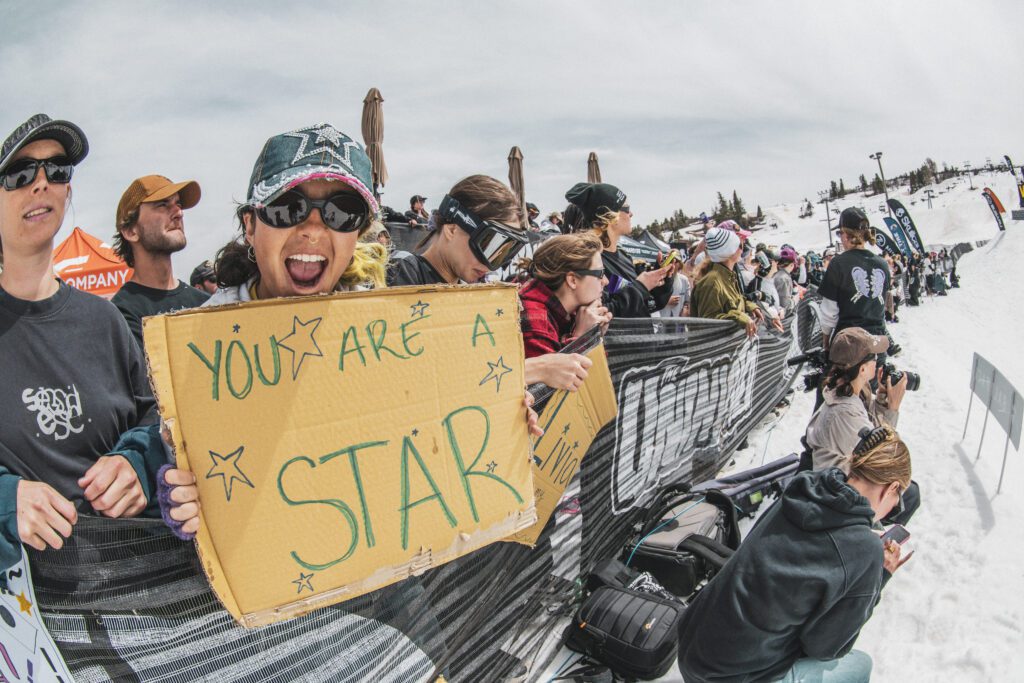
Snowboarding doesn’t have a financial crisis. It has an imagination crisis (don’t worry, we all go through it at some point; it’s normal – it comes with age). And the fix isn’t more sponsors or formats (or more moisturizer and botox), it’s more vision. All that authenticity and storytelling bullsh*t everyone fills their mouth about… It’s not about talking about it, it’s about doing it. Embrace those wrinkles we’ve got now as snowboarding history is getting longer, and make side hits out of them.
Because in the end, snowboarding’s magic has never come from the perfect setup or the biggest wallet (even if money helps). It’s come from the moments when someone dared to say, “What if we tried this?”
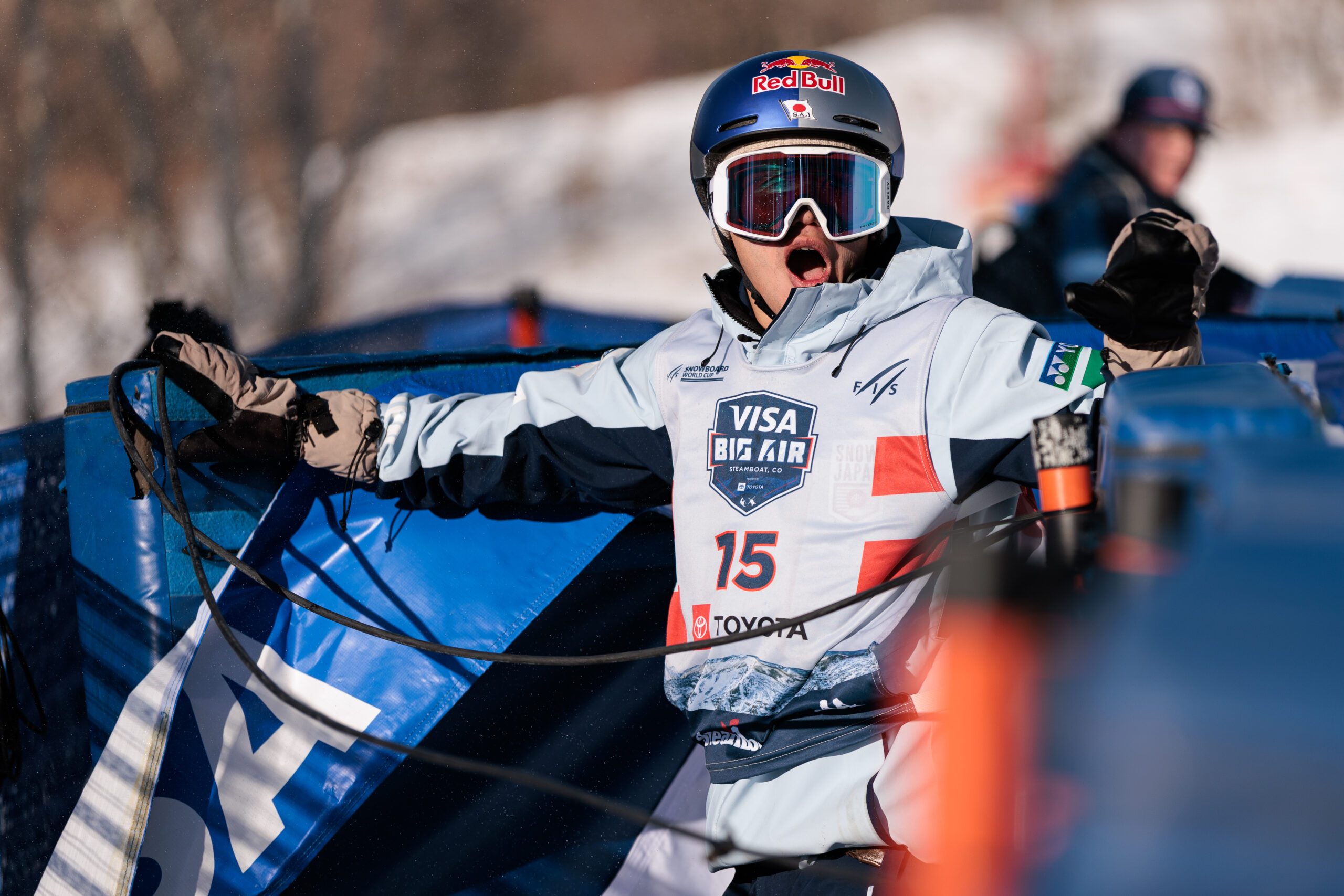
With the Olympic qualification window fully open, this winter is less about
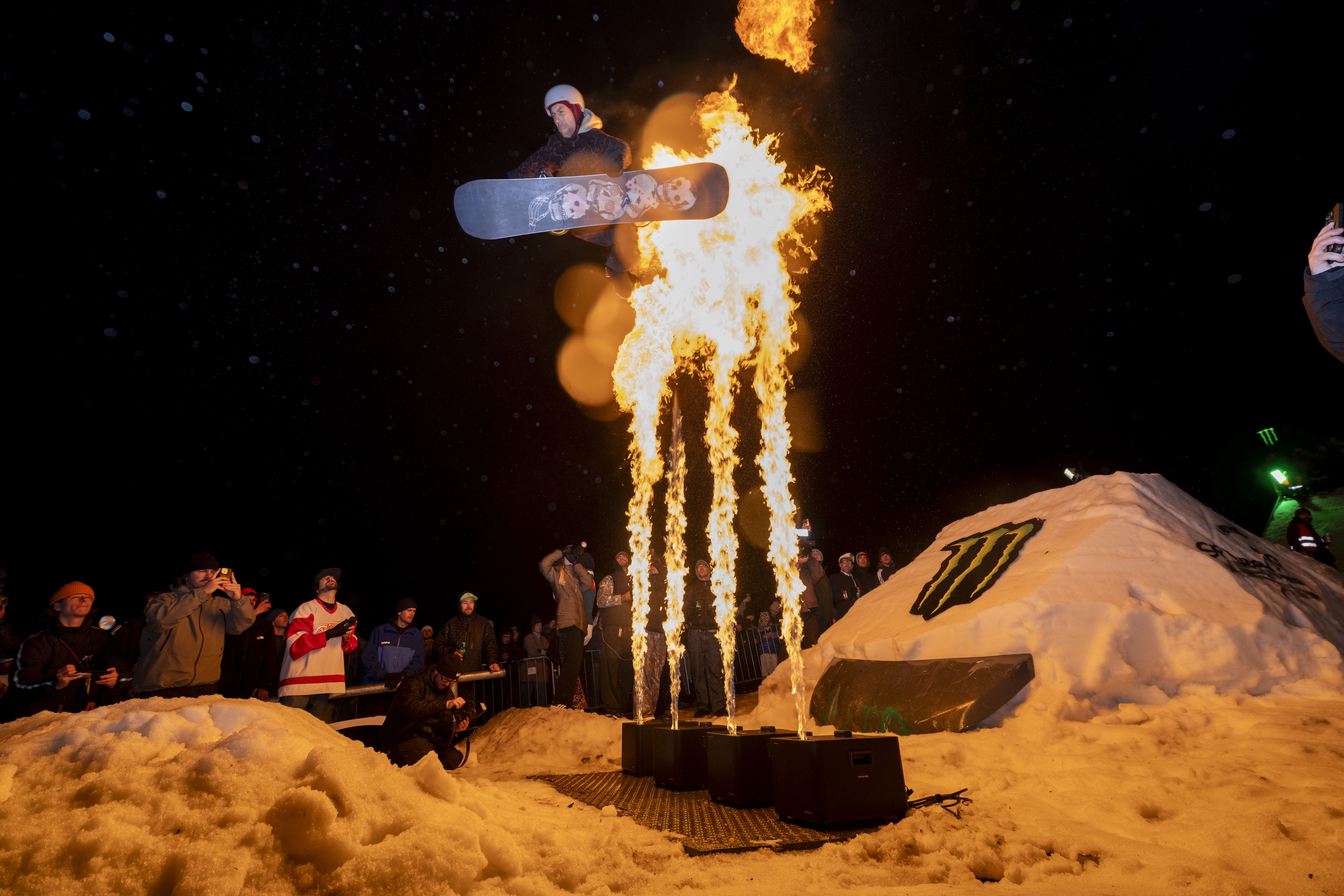
Two Days of Smoke, Sparks & Straight-Up Snowboard Mayhem Krakow didn’t just
Sign up for the very best in snowboard culture, get notified of prize drops, and receive our weekly essential news hit: The Friday Dump.
| Cookie | Duration | Description |
|---|---|---|
| cookielawinfo-checkbox-advertisement | 1 year | The cookie is set by GDPR cookie consent to record the user consent for the cookies in the category "Advertisement". |
| cookielawinfo-checkbox-analytics | 11 months | This cookie is set by GDPR Cookie Consent plugin. The cookie is used to store the user consent for the cookies in the category "Analytics". |
| cookielawinfo-checkbox-functional | 11 months | The cookie is set by GDPR cookie consent to record the user consent for the cookies in the category "Functional". |
| cookielawinfo-checkbox-necessary | 11 months | This cookie is set by GDPR Cookie Consent plugin. The cookies is used to store the user consent for the cookies in the category "Necessary". |
| cookielawinfo-checkbox-others | 11 months | This cookie is set by GDPR Cookie Consent plugin. The cookie is used to store the user consent for the cookies in the category "Other. |
| cookielawinfo-checkbox-performance | 11 months | This cookie is set by GDPR Cookie Consent plugin. The cookie is used to store the user consent for the cookies in the category "Performance". |
| viewed_cookie_policy | 11 months | The cookie is set by the GDPR Cookie Consent plugin and is used to store whether or not user has consented to the use of cookies. It does not store any personal data. |
| Cookie | Duration | Description |
|---|---|---|
| _ga | 2 years | This cookie is installed by Google Analytics. The cookie is used to calculate visitor, session, campaign data and keep track of site usage for the site's analytics report. The cookies store information anonymously and assign a randomly generated number to identify unique visitors. |
| _gat_gtag_UA_189035576_1 | 1 minute | This cookie is set by Google and is used to distinguish users. |
| _gid | 1 day | This cookie is installed by Google Analytics. The cookie is used to store information of how visitors use a website and helps in creating an analytics report of how the website is doing. The data collected including the number visitors, the source where they have come from, and the pages visted in an anonymous form. |
| CONSENT | 16 years 4 months 12 hours | These cookies are set via embedded youtube-videos. They register anonymous statistical data on for example how many times the video is displayed and what settings are used for playback.No sensitive data is collected unless you log in to your google account, in that case your choices are linked with your account, for example if you click “like” on a video. |
| Cookie | Duration | Description |
|---|---|---|
| IDE | 1 year 24 days | Used by Google DoubleClick and stores information about how the user uses the website and any other advertisement before visiting the website. This is used to present users with ads that are relevant to them according to the user profile. |
| test_cookie | 15 minutes | This cookie is set by doubleclick.net. The purpose of the cookie is to determine if the user's browser supports cookies. |
| VISITOR_INFO1_LIVE | 5 months 27 days | This cookie is set by Youtube. Used to track the information of the embedded YouTube videos on a website. |
| YSC | session | This cookies is set by Youtube and is used to track the views of embedded videos. |
| yt-remote-connected-devices | never | These cookies are set via embedded youtube-videos. |
| yt-remote-device-id | never | These cookies are set via embedded youtube-videos. |
| Cookie | Duration | Description |
|---|---|---|
| _pk_id.43969.7c7f | 1 year 27 days | No description |
| _pk_ses.43969.7c7f | 30 minutes | No description |